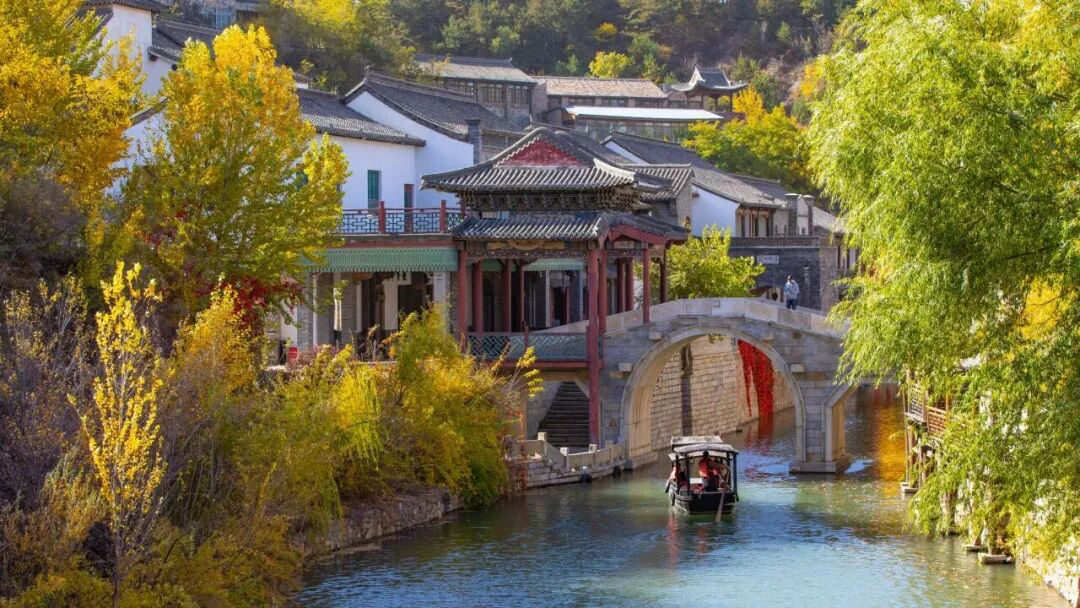Chinese women have a long history of pursuing whiter and brighter skin. To achieve that luminous glow, generations of women have counted exfoliation, brightening and moisturizing as their three key steps.
Here are some of the products ancient Chinese women used on their skin.
1. Rice water
Chinese women utilized pan – water used to wash rice – to remove residue and brighten their skin, as early as the Qing Dynasty (1644-1944).
The practice was described in the Book of Rites or Liji, a collection of texts describing the social norms, administration and ceremonial rites, which recommended using warm pan to wash one's face.
The pan here refers to those produced from fine rice, in which its starch, vitamins and proteins are said to be beneficial to the skin. Even today, washing one's face with water used to clean rice is one of the most popular homemade skincare routines.
2. Bath beans
"Bath beans", a bar-shaped product consisting of soy bean powder, medicinal herbs and fragrances, were often used from the Wei Dynasty to Southern Dynasty (AD 220-589).
The isoflavone from soybeans, which have a chemical structure very similar to the female hormone estrogen, are said to be good for women. Other ingredients in the bath beans vary in complexity, depending on who to serve.
In Supplement to the Formulas of a Thousand Gold Worth, a Traditional Chinese Medicine masterpiece by doctor Sun Simiao of the Sui and Tang dynasty, tens of ingredients are included in the bath beans designated for use by nobles or officials. It is not surprising then that some of the ingredients reacted negatively with each other and caused harm, due to the lack of modern medicine and pharmaceutical analyses.
Supplement to the Formulas of a Thousand Gold Worth also documents the addition of pig pancreas to bath beans, as an embryonic form of ancient soap. The manufacturing technique of soap matured later on, in which plant ash replaced soybean paste and pig fat was added, pressed into bar-shaped products, much like soap today. The ancient soaps excelled at removing dirt from the skin without stripping its moisture completely.
Other skincare products were also made from animal fats, including facial creams and chap sticks.
3. Floral products
A theory in ancient Chinese medicine calls for "replenishing color with color", hence the use of flowers in many beauty products for that healthy glow.
Compendium of Materia Medica, the bible of Traditional Chinese Medicine, records a large volume of pharmaceutical formulas with floral ingredients. For instance, to brighten the skin, a mixture of plum, pear, cherry, candytuft, white lotus, red lotus, inula flowers and pepper (300g), peach and papaya flowers and aloes, clove and radsz(150g), 100g of pearl and jade crumbs, 50g of Sichuan spray flowers, and 700g of ground soybean powder were often prescribed. Whether the formula worked or not remains a question and recreation is not recommended.
Another use of flowers is in the production of floral hydrosol, in which essential oils and ingredients from flowers are extracted using refinement technology. The condensation added to the scent of the hydrosol, and many applied it not just as a skincare product but also as a perfume.
4. Use of metals
Lead mercuride was frequently applied to brighten the skin since the Wei and Jin dynasties (AD 220-420). The compound caused death of melanocytes, a type of skin cell responsible for pigmentation of the skin, hence brightening the skin color. However, extended use of large quantities of lead on skin causes lead poisoning. In light cases, skin becomes more coarse; in severe cases, it causes death.
Ancient Chinese people were not unaware of the toxicity of lead. Compendium of Materia Medica clearly documents the harm of lead. But its speedy effect in whitening the skin still lured many young women in their pursuit of beauty over health.
Overdosing on lead in cosmetics remains a problem today. Even after thousands of years, human nature remains difficult to change.



